According to a report in the Financial Times, a team of researchers from Google led by John Martinis have demonstrated quantum supremacy for the first time.
Its quantum computer can solve tasks that are otherwise unsolvable, a report says.

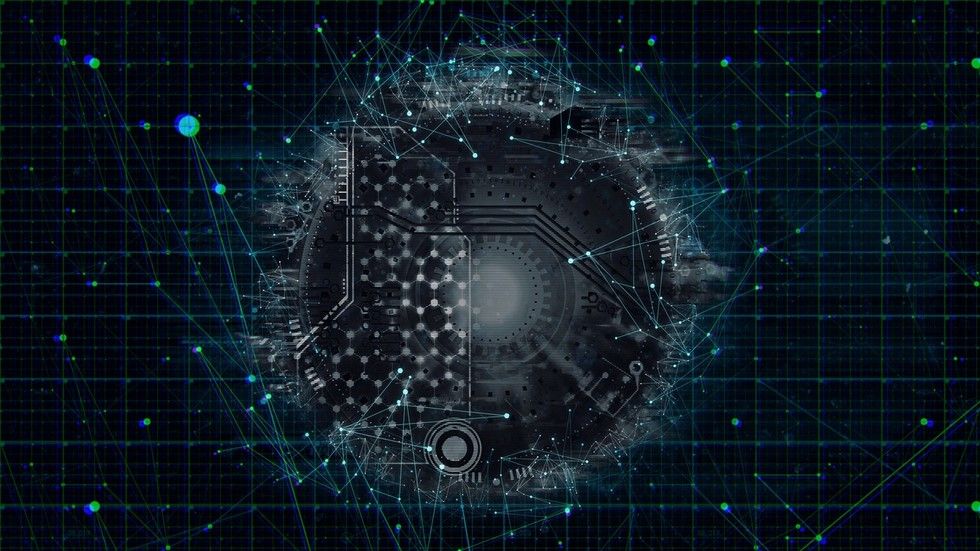
Google’s new quantum computer reportedly spends mere minutes on the tasks the world’s top supercomputers would need several millennia to perform. The media found out about this after NASA “accidentally” shared the firm’s research.
The software engineers at Google have built the world’s most powerful computer, the Financial Times and Fortune magazine reported on Friday, citing the company’s now-removed research paper. The paper is said to have been posted on a website hosted by NASA, which partners with Google, but later quietly taken down, without explanation.
Google and NASA have refused to comment on the matter. A source within the IT giant, however, told Fortune that NASA had “accidentally” published the paper before its team could verify its findings.
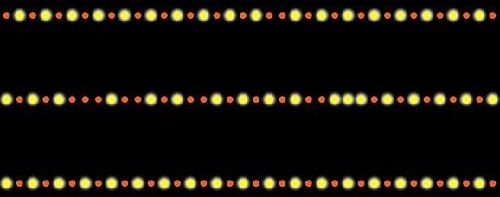
Theorists attribute the unexpectedly slow thermalization of cold atoms seen in recent experiments to an effect called quantum many-body scarring.
×
Researchers still have some way to go before they can assemble enough quantum bits (qubits) to make a practical, large-scale quantum computer. But already the best prototypes, made up of several tens of qubits, are opening our eyes to new behavior in the quantum realm. Last year, a team from Harvard University and the Massachusetts Institute of Technology (MIT) unveiled a quantum “simulator” made up of a row of 51 interacting atoms [1]. Exciting the individual atoms in various patterns (Fig. 1), they discovered something unexpected: atoms in certain patterns took at least 10 times longer to relax towards thermal equilibrium than atoms in other patterns. Four groups of theorists have tried to make sense of this observation [2–6], in all cases attributing the slow thermalization to a never-before-seen effect called quantum many-body scarring.
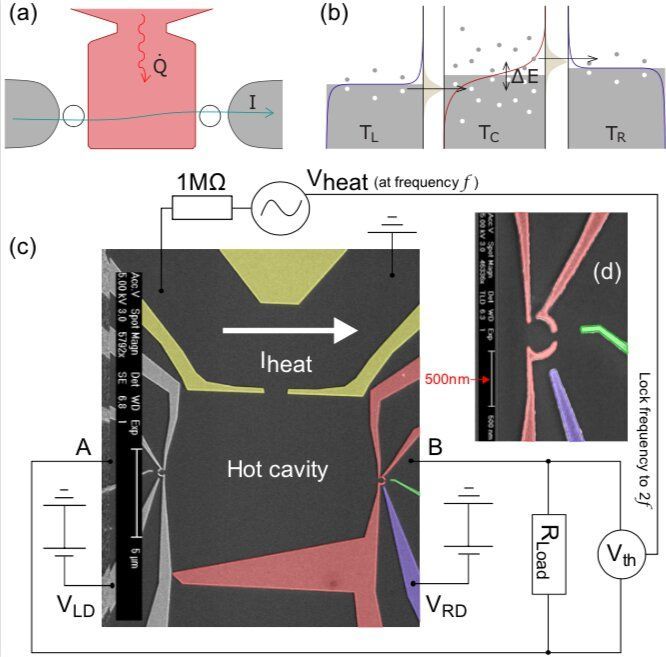
Over the past few years, thermoelectric generators have become the focus of a growing number of studies, due to their ability to convert waste heat into electrical energy. Quantum dots, semiconductor crystals with distinctive conductive properties, could be good candidates for thermoelectric generation, as their discrete resonant levels provide excellent energy filters.
In a recent study, researchers at the University of Cambridge, in collaboration with colleagues in Madrid, Rochester, Duisburg and Sheffield, have experimentally demonstrated the potential of an autonomous nanoscale energy harvester based on resonant tunneling quantum dots. This harvester is based on previous research carried out by part of their team, who had proposed a three-terminal energy harvester based on two resonant-tunneling quantum dots with different energy levels.
The energy harvester device was realized at Cavendish Laboratory in Cambridge by a researcher called Gulzat Jaliel. The original theoretical proposal for the device, however, was introduced by Andrew Jordan in 2013, and the theoretical work behind the harvester was carried out by him in collaboration with renowned semiconductor physicist Markus Büttiker and a team of post-doctoral students in Geneva.
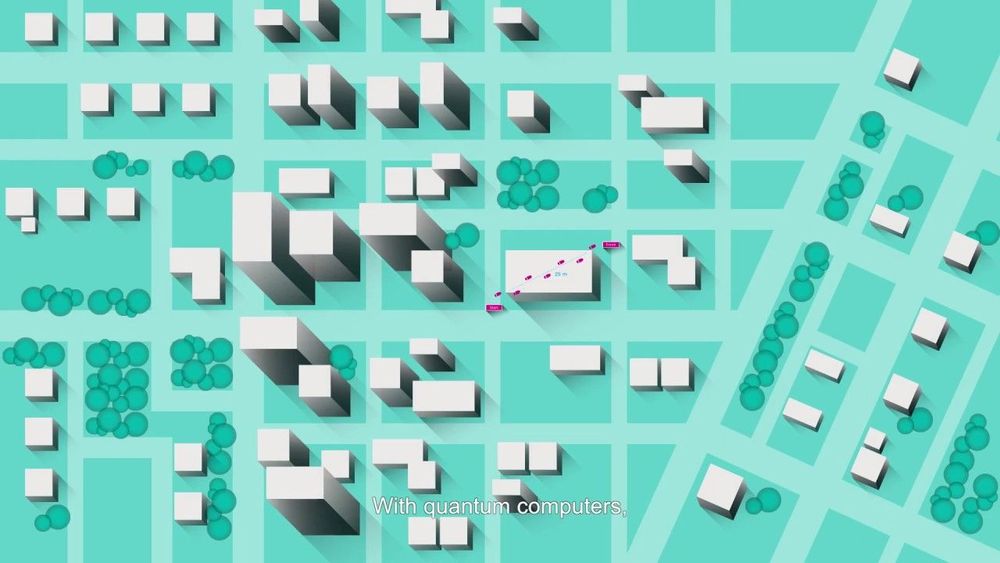
Big Blue is open for business.
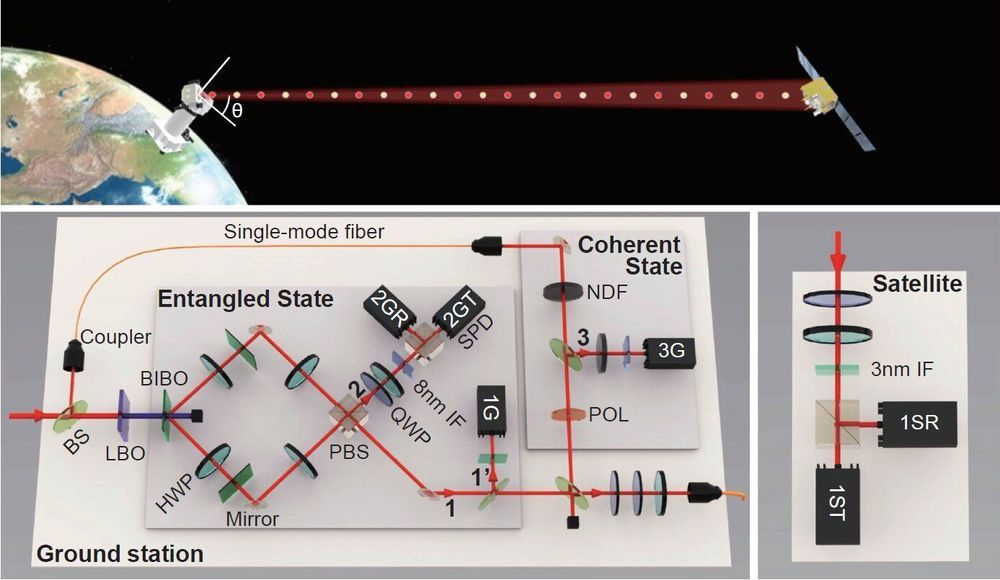
Quantum mechanics and the general theory of relativity form the bedrock of the current understanding of physics—yet the two theories don’t seem to work together. Physical phenomena rely on relationship of motion between the observed and the observer. Certain rules hold true across types of observed objects and those observing, but those rules tend to break down at the quantum level, where subatomic particles behave in strange ways.
An international team of researchers developed a unified framework that would account for this apparent break down between classical and quantum physics, and they put it to the test using a quantum satellite called Micius. They published their results ruling out one version of their theory on Sept 19th in Science.
Micius is part of a Chinese research project called Quantum Experiments at Space Scale (QUESS), in which researchers can examine the relationship with quantum and classical physics using light experiments. In this study, the researchers used the satellite to produce and measure two entangled particles.
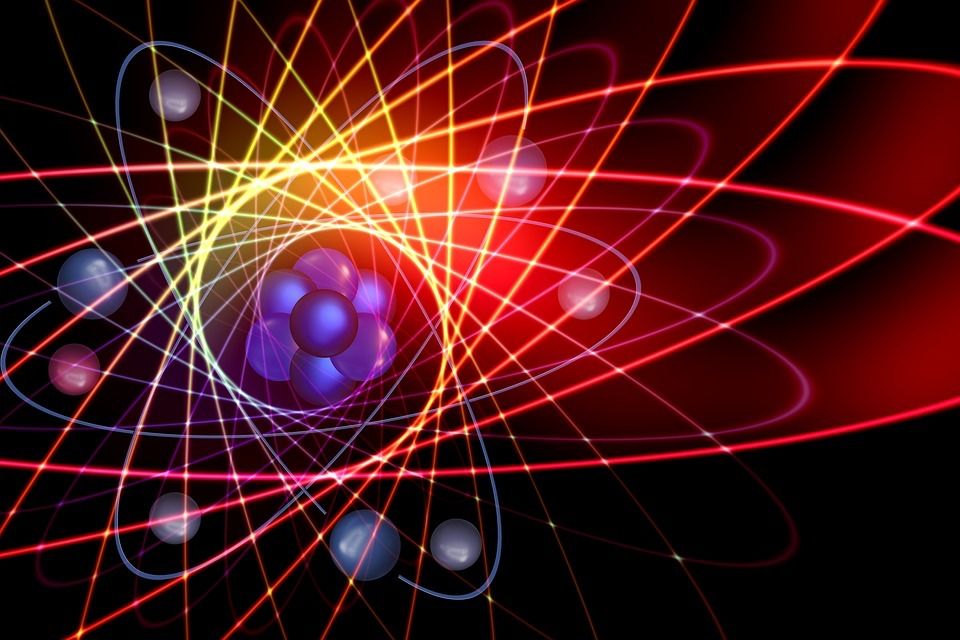
Wave function represents the quantum state of an atom, including the position and movement states of the nucleus and electrons. For decades researchers have struggled to determine the exact wave function when analyzing a normal chemical molecule system, which has its nuclear position fixed and electrons spinning. Fixing wave function has proven problematic even with help from the Schrödinger equation.
Previous research in this field used a Slater-Jastrow Ansatz application of quantum Monte Carlo (QMC) methods, which takes a linear combination of Slater determinants and adds the Jastrow multiplicative term to capture the close-range correlations.
Now, a group of DeepMind researchers have brought QMC to a higher level with the Fermionic Neural Network — or Fermi Net — a neural network with more flexibility and higher accuracy. Fermi Net takes the electron information of the molecules or chemical systems as inputs and outputs their estimated wave functions, which can then be used to determine the energy states of the input chemical systems.

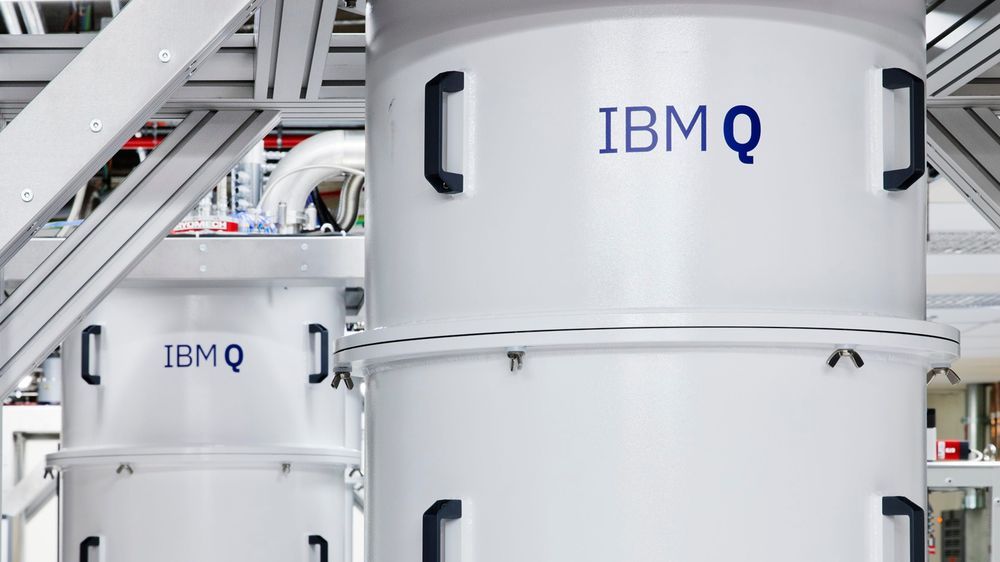
The previously “impossible to solve” problems for some of the biggest financial, technological and academic institutions will soon be solved in Poughkeepsie.
That’s according to IBM, which announced the opening of its first Quantum Computing Center on Wednesday, based on its Poughkeepsie campus.
Quantum computing is “nothing short of a revolution for how we are going to process information,” Director of IBM Research Dario Gil said. While computers have traditionally processed binary code — a collection of ones and zeroes — quantum computers, he said, process information in qubits, or quantum bits.
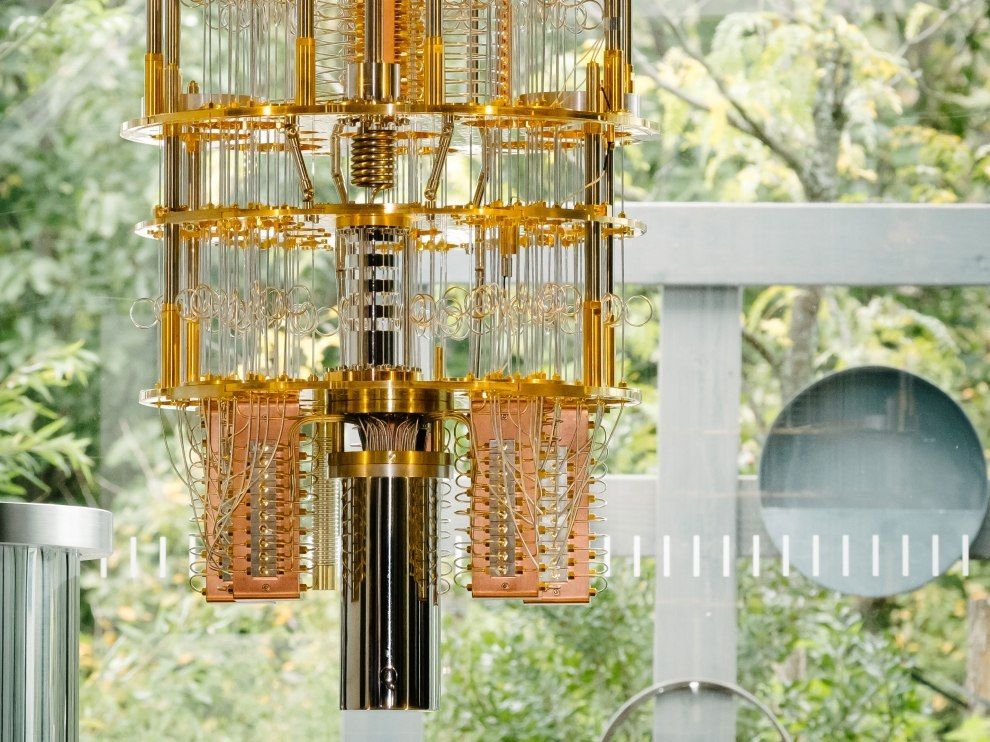
IBM continues to push its quantum computing efforts forward and today announced that it will soon make a 53-qubit quantum computer available to clients of its IBM Q Network. The new system, which is scheduled to go online in the middle of next month, will be the largest universal quantum computer available for external use yet.
The new machine will be part of IBM’s new Quantum Computation Center in New York State, which the company also announced today. The new center, which is essentially a data center for IBM’s quantum machines, will also feature five 20-qubit machines, but that number will grow to 14 within the next month. IBM promises a 95 percent service availability for its quantum machines.
IBM notes that the new 53-qubit system introduces a number of new techniques that enable the company to launch larger, more reliable systems for cloud deployments. It features more compact custom electronics for improves scaling and lower error rates, as well as a new processor design.